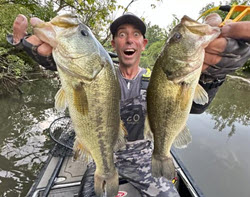
For today’s episode I’ve wandered down from the shop to the dock to give you all a simple breakdown of how to fish smaller lakes. Whether you fish from the bank, from a canoe, a kayak or a jon boat, this one’s just for you.
No matter the size of these smaller lakes, I believe that they’re “the same but different” from larger lakes and reservoirs. The first similarity is that you always want to be fishing around change. The second is that the bass will typically behave predictably with respect to seasonal movements. Whether you’re fishing on Lake Okeechobee or “Lake X,” the life of a bass still revolves around two things: Spawning and eating.
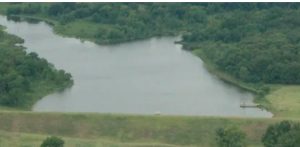
As I said above, there are usually also some differences. Smaller lakes usually don’t have the same variety or quantity of cover. They might not have a million docks or vegetation or bluff banks. What they typically do have, however, are two defining characteristics: a dam area and a headwater area. The dam may be earthen, or made of riprap or concrete. It usually provides the deepest water in the lake. Remember those creeks that form the headwaters? I don’t care if the lake is five years old or fifteen years old or fifty years old, those creeks still create identifiable channels that twist and turn until they hit the dam. The contour changes may be small, but they still operate as migration routes.
Those features will determine how the fish generally behave across the four seasons. Starting with winter, assume that the fish will be in or near the deepest and most vertical break areas of the lake. That’s generally the dam area, so that’s where I focus.
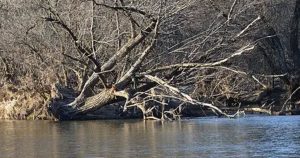
In the spring, they’ll start their migration to protected shallow flats. Since many of these lakes run north to south, I’ll try to focus on the north and northwest sides. Just like in big reservoirs, the fish will travel to those areas via the creek channels. If you can find isolated pieces of cover – like a dock, a laydown, or a small group of pads – right next to the channel, expect the bass to stop there on the way to the beds.
As we move into the post-spawn period, and then the heart of the summer, the fish will move along those same channels. My rule of thumb during this time frame is “deeper, thicker, current.” If there’s some form of thick cover, like pads, hydrilla, or gnarly laydowns, the fish will stay there. Otherwise, I start to focus on the moving water of the headwaters. It’s almost always cooler. That makes it my favorite time to head up there, and you can often find fish as far up as it’s possible to go.
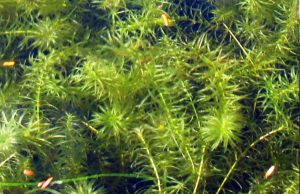
In the fall, there’s just one thing that controls the movement of the bass – Food! They are going to be feeding heavily before the approaching winter. I’ll target the same areas as in the spring – creeks, flats and pockets – as the bait moves shallow. The bass will follow that bait like packs of wolves. Then, as the temperature plunges, I’ll start focusing on their wintering holes again.
It’s really a very simple way to fish if you do it properly. Many of these ponds don’t get much intelligent pressure, even in the heart or urban areas, so by breaking things down it’s truly possible to have great days, or even catch the fish of a lifetime.
____________________________________
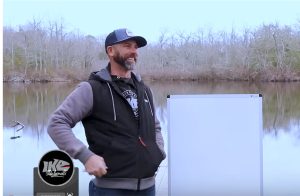

_________________________________________
Like Ike on Facebook, and follow him on Instagram and TikTok for fishing and fun content.
Subscribe to Mike’s YouTube channel, to ensure you see every adventure video. (Download the YouTube app on your phone and the videos will come to you automatically.)
Return to Mike Iaconelli’s website

















